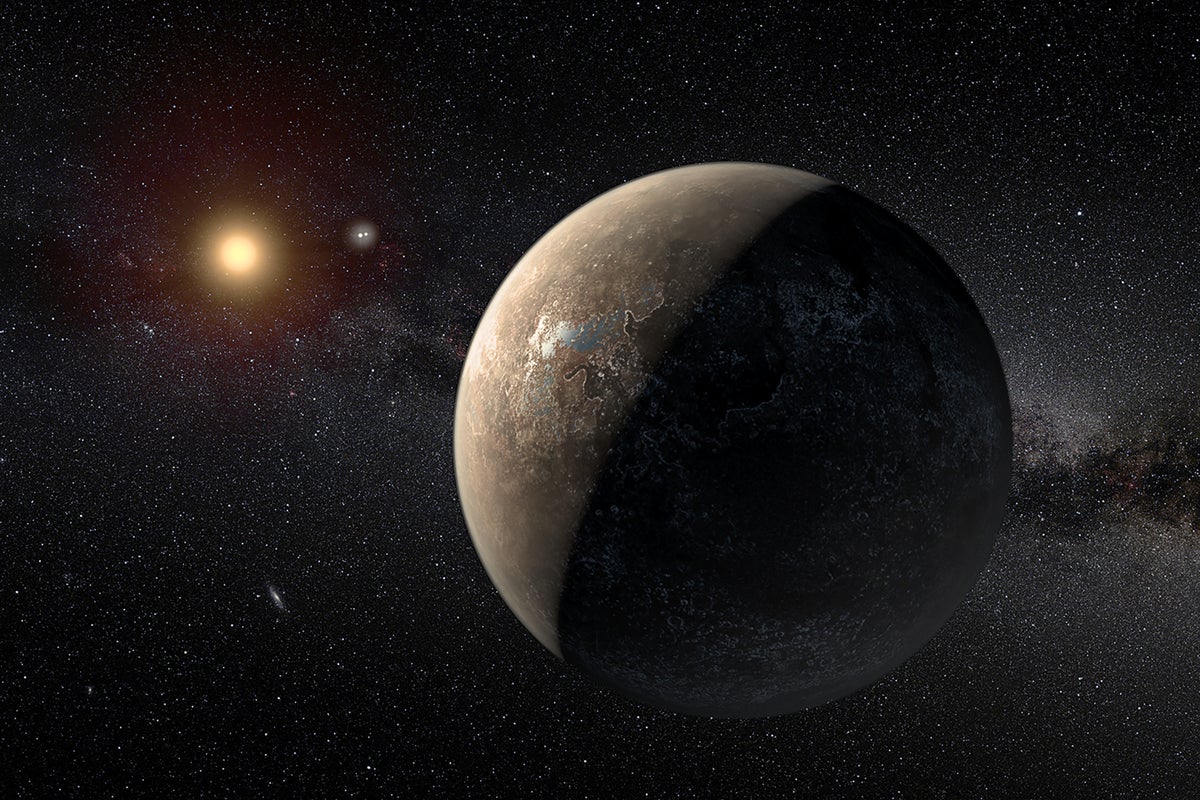
"Thirty years ago this week, two Swiss astronomers announced that they had spotted the first known planet orbiting a Sun-like star. The Nobel-winning discovery, later published in the pages of Nature, was the culmination of centuries of dreaming, and decades of searching, for worlds beyond the Solar System. It was also the start of a whirlwind of discovery. Astronomers have since found more than 6,000 exoplanets, plus hints of thousands more."
"The exoplanetary zoo hosts a diversity of beasts. There are hot Jupiters' that whirl closely around their stars, including the planet discovered 30 years ago, which is orbiting the star 51 Pegasi. There are super-Earths' and mini-Neptunes' categorized because of how their masses compare with those of planets in the Solar System which are some of the most common exoplanets found so far."
Thirty years ago two Swiss astronomers reported the first planet orbiting a Sun-like star, marking the start of rapid exoplanet discovery. Astronomers have since detected more than 6,000 confirmed exoplanets and hints of thousands more. Many discoveries came from NASA's Kepler and TESS missions alongside contributions from other telescopes. Detected worlds include hot Jupiters, such as the planet orbiting 51 Pegasi, super-Earths and mini-Neptunes that are among the most common, compact multi-planet systems, free-floating rogue planets, and circumbinary worlds orbiting two stars. Each exoplanet presents new possibilities and challenges traditional notions of what planetary systems look like.
Read at www.nature.com
Unable to calculate read time
Collection
[
|
...
]